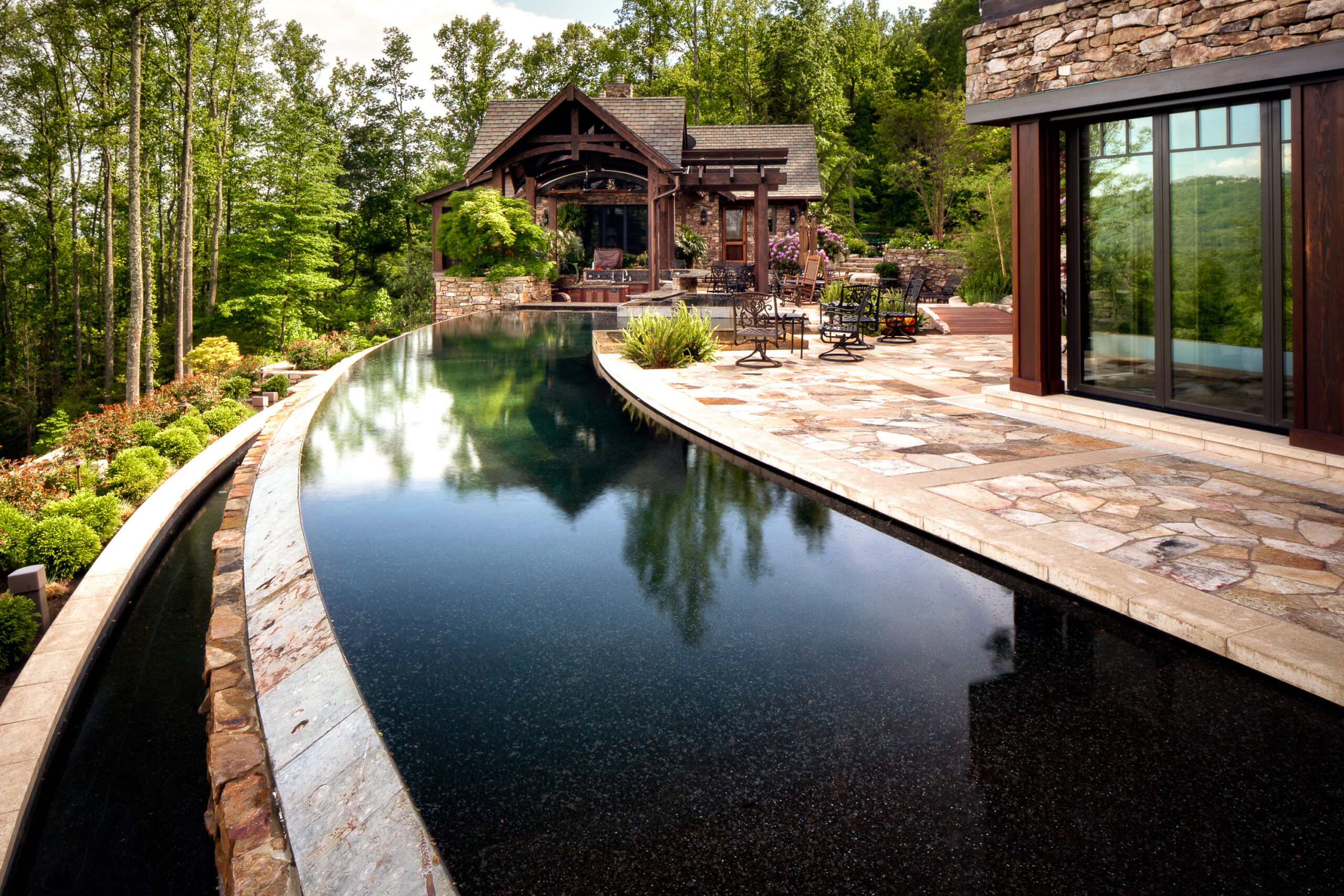Architecture & Interior Photography
As a former Interior Designer of 23 years and now an established architecture photography professional, Deborah Scannell appreciates the nuances and features that make different structures stand out. And when you choose to work with Deborah Scannell Photography , you’ll benefit from collaborating with someone who values clients and strives to exceed expectations, no matter the project at hand, every time.
Asheville's Expert Interior and Architectural Photography Services
Methodology
Post-production:Post-processing is just as crucial as the shoot itself. While I always aim to “get it right in the camera,” having a smooth, consistent workflow for processing is essential. The color temperature, exposure, and mood need to remain cohesive across all images. I use Lightroom and Photoshop to achieve this, and I also hand-blend images to capture the full dynamic range of the room or scene. However, I do this with a light touch to ensure the final result is clean, crisp, and visually striking—avoiding any cartoonish, muddy, or unnatural effects.
Interior Pano’s: To capture the full vertical rise of an interior, whether it’s a double-story space from ceiling beams to floor or a stunning stairway that needs to be shown in its entirety, I carefully hand-blend each section. Once the sections are blended, I seamlessly merge the top and bottom parts together in Photoshop to create a cohesive final image.
Exterior Pano: The image is created from 3-8 vertically shot photos of a mountain range, which are then processed and stitched together in Photoshop to form a smooth, seamless panoramic image. For this, I primarily use the state-of-the-art Sony a7 IV full-frame camera paired with Laowa Shift lenses for perspective correction. These lenses allow me to tilt or shift the lens, giving me control over the perspective.
Sometimes, I capture these shots in a way that results in a panoramic image, but with a twist—because the shots are taken in vertical mode, rather than the typical horizontal format for panoramas, the final result doesn’t look like a traditional panorama. It’s a bit hard to explain, but essentially, I can move the lens up, down, left, or right, without changing the position of the camera itself. The lens physically shifts off its axis, creating a unique perspective.
As for lighting, I use various lights of different power to carefully craft the scene. I bounce and direct them in specific ways to achieve a natural, well-lit look. My goal is to make the lighting invisible—nothing flashy or artificial. The key is knowing how, when, and where to place the lights to create a natural, balanced scene.
Twilight Capture:This process typically takes 1-2 hours on site, beginning a few hours before sunset. I start shooting and continue through the sunset, using light painting techniques on the house as the ambient light begins to fade. Once it’s dark, I capture my final bracketed shots. In post-production, all the images—up to 50—are merged and carefully hand-blended into one final composition, adjusting the color to capture the perfect glow from the interior window lights. Each frame is layered in Photoshop and then seamlessly composited into the final image. The result is a dynamic and stunning shot.



